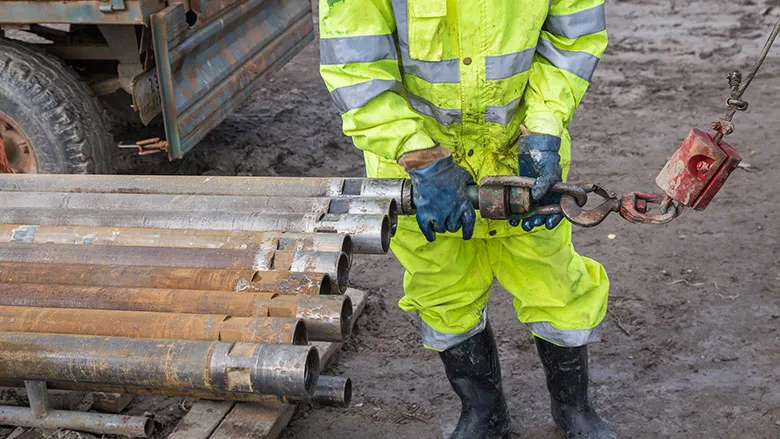Onboarding Tips for Retaining Drillers, Other Construction Pros
Thoughtful, Formal Process Can Help Companies Keep New Workers

With many companies booked months out, they often need new employees to get right to work. However, a well-thought-out onboarding plan can help you keep those workers.
Source: Getty Images
It’s no secret that companies across the nation have trouble not just hiring employees, but also retaining them. The drilling industry has navigated the all-too-familiar challenge of a skilled-labor shortage for years now. Employers often overlook onboarding as a tool for higher retention of skilled-trades employees. Refining your onboarding process and setting the stage for a memorable first impression can make all the difference when it comes to hiring the best talent and reducing turnover in a driller’s first 6 months on the job.
In today’s article, we’ll review why the onboarding process can have such a tremendous impact on retention and ways business leaders can facilitate this process.
Start with Pen to Paper
If your organization doesn’t have a formal onboarding program, thinking about creating one can seem overwhelming. But it doesn’t have to be scary! Start by putting a pen to paper and brainstorming the important tasks to cover during an employee’s first day, or first week, on the job. Consider your own first week. What things do you wish you had known? What information would have made you a more productive employee?
Survey Employees
Once you have a basic idea of the different components to include in your onboarding process, I recommend soliciting feedback from employees and stakeholders. You might favor reviewing the company’s disciplinary action model during the first week of onboarding, but perhaps senior employees or other stakeholders consider it more appropriate to discuss during a one-on-one performance management conversation.
Involve Stakeholders
When it comes to involving stakeholders, think about all the people in your organization impacted when a new employee joins. A veteran employee may serve as a mentor. The direct supervisor handles conversations related to job expectations and performance. Your administrative support team sets up a new employee for payroll, ensures fulfillment of any pre-employment requirements and handles new-hire paperwork. Someone else sets up email accounts and other assets for the new hire.
Once you’ve identified all the key stakeholders, get them involved. Discuss as a group what they expect from their involvement in the new-hire onboarding process. How do they interact with the new hire to achieve necessary results? How do key stakeholders share information about relevant programs and policies? Defining these things early in the process ensures no one drops the ball or misses any critical steps that can lead to a negative first impression between the employee and the company.
Minimize Redundancies
We’ve all experienced those long, drawn-out onboarding processes where you feel as though you’re drinking from a fire hose. Condense information into smaller chunks so that the new employee can digest it easily and has an easy way to reference it later, as needed.
Last, but certainly not least, minimize redundancies. We’ve all experienced those long, drawn-out onboarding processes where you feel as though you’re drinking from a firehose. Condense information into smaller chunks so that the new employee can digest it easily and has an easy way to reference it later, as needed. An often-overlooked part of onboarding is resource support. Does your new employee know where to find the policy on boot purchases? Does your new hire know who to call or email if she cannot access her company email? The best onboarding programs don’t just review policies and processes with new hires — they provide the employee with the support to find information on their own when they need it.
Check out more business tips!
So, why go through all this effort in creating a standardized onboarding process? Giving employees access to the information they need to succeed in their new role increases engagement, and an engaged workforce is a productive workforce! Taking the time to properly welcome a new hire demonstrates the organization’s commitment and dedication, increasing the likelihood of high retention and productivity.
Looking for a reprint of this article?
From high-res PDFs to custom plaques, order your copy today!






